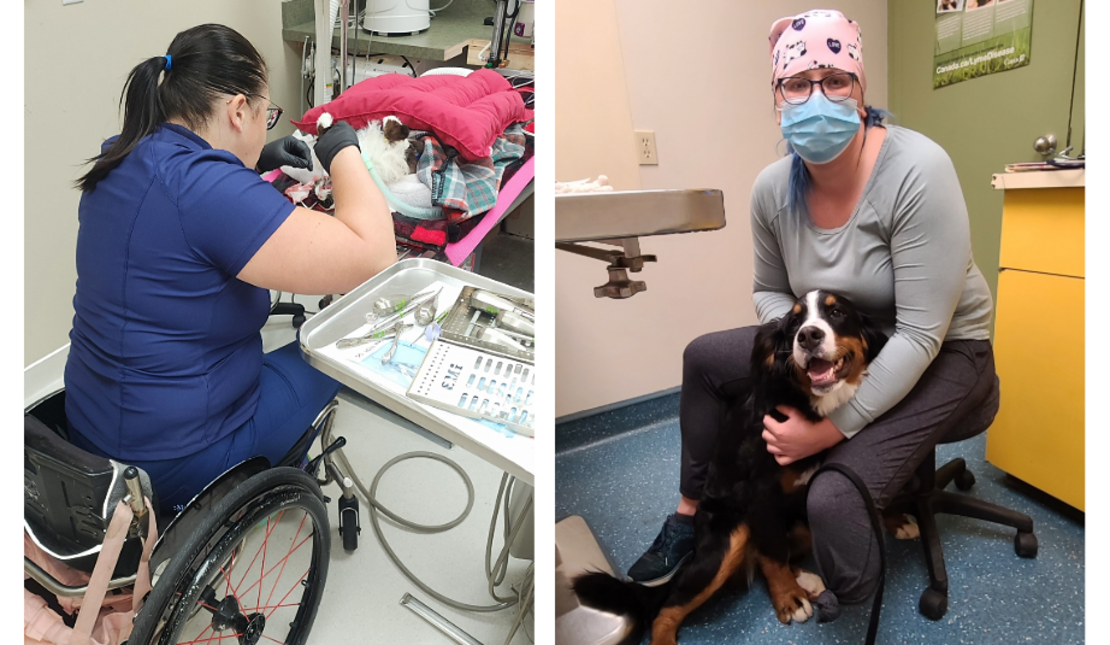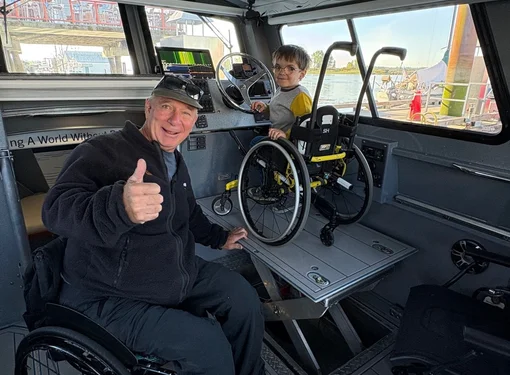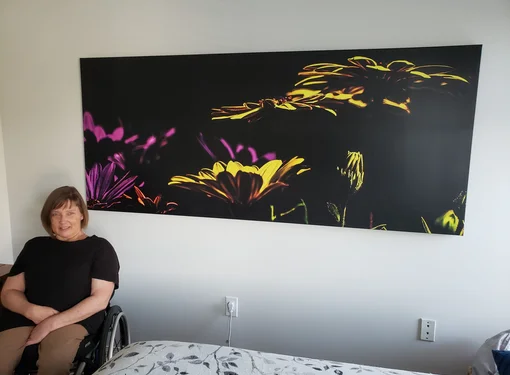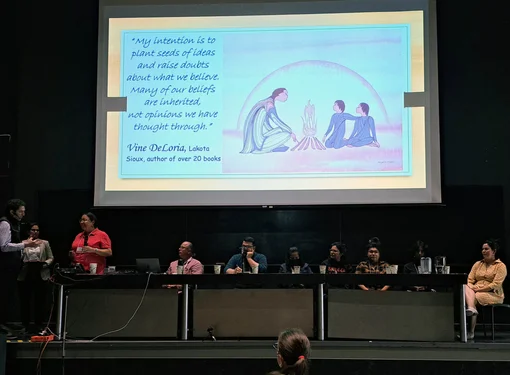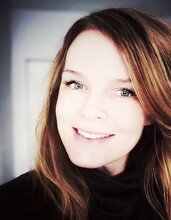Access for All Creatures Great and Small
Dr. Brendon Laing has been around veterinary clinics for as long as he can remember. As a second-generation veterinarian and co-owner of multiple award-winning clinics in Ontario, he combines experience with a drive to improve. Over the years, he’s focussed on refining the patient experience, not just for animals, but for the people who love and care for them.
As his career progressed, Brendon questioned whether the traditional clinic model was serving everyone. Many practices were inaccessible, including his own, which were in converted houses – spaces never designed with accessibility in mind. Narrow doorframes and cramped spaces created barriers for many of the 1 in 4 Canadians with disabilities. Brendon decided it was time to reimagine veterinary care through the lens of inclusion.
“The more I learned about all the types of people my clinics aren’t serving, the more I started to hone in on the fact that something new has to happen,” he said. “My business partner and I started kicking around the idea of building a new clinic to push the boundaries in every single aspect that we could think of.”
Fast forward to 2025: Brendon is aiming to break ground by having the first Rick Hansen Foundation Accessibility Certified (RHFAC) veterinary clinic in Canada.
A Cultural Shift in Veterinary Care
Brendon has been long known for making positive impact in the veterinary community. He received the 2023 Future Leader Award from the World Small Animal Veterinarian Association in recognition of his work to highlight issues surrounding mental health in the profession and to promote technological innovation. His clinics, all located in Ontario, have received accolades for their exceptional customer service.
Along this path, Brendon discovered accessibility. Initially, it wasn’t so much about physical spaces but affordability and convenience. His clinics offer extended hours and telemedicine, aiming to reduce costs to clients wherever possible so they don’t have to make impossible decisions about their pets. As Brendon explored further, his definition of accessibility expanded.
“Then I learned that 27 percent of people in Canada have a disability. And that’s huge,” he said. “I’ve always been a believer in putting people first. If you do so, including your staff and your clients, the profits will come. I think you’re seeing more and more businesses do this. They’re not only surviving, but they’re thriving. It’s just the right thing to do.”
Brendon was introduced to RHFAC, a tool that measures accessibility from the perspective of people with disabilities, through Dr. Kathy Keil, Director of Wellness, Inclusivity, Diversity, Equity, and Accessibility for the Canadian Veterinary Medical Association (CVMA). He is working with an RHFAC Professional to achieve RHF Accessibility Certification.
Kathy said that she and the Association are excited to join Brendon on this journey.
“It’s a powerful reminder that we’re all together, committed to building a veterinary profession where diversity, equity, inclusion, and accessibility aren’t just ideals but everyday realities,” Kathy said. “When we show up, listen, and take meaningful action, we create a space where everyone feels seen, valued, and like they belong. And when people feel like they belong, they flourish—and so does our profession.”
Brendon’s vision for his new Burlington practice, called Novel Vet, was to include meaningful accessibility. It means door frames wide enough for wheelchairs, treatment tables that adjust for different heights, and reception desks with varied levels to accommodate clients of all abilities. The description on Novel’s website: “Every detail has been designed with intention. We’ve designed our spaces to feel warm, inviting, and cozy – just like a library – so that you and your pet feel as comfortable as possible throughout your stay with us.”
The Reality of Exclusion
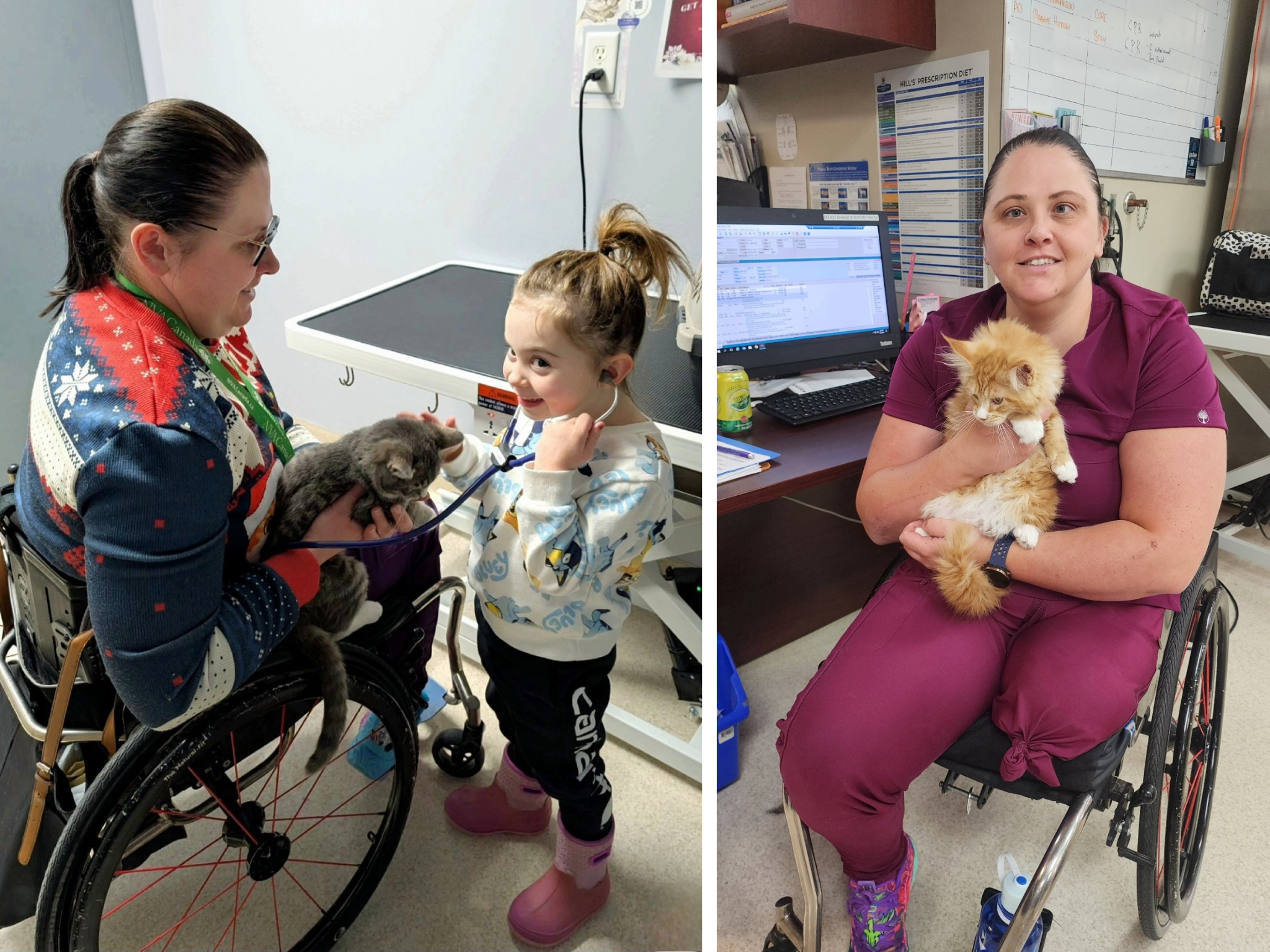
Dr. Angela Oakley understands the necessity of industry change toward more welcoming environments. As an associate veterinarian in Sherwood Park, Alberta, Angela didn’t just have to find a clinic to work in; she had to find one she could physically enter with her wheelchair.
While a bone infection made her a below-the-knee amputee as an adult, it didn’t stop her from riding horses, skiing, and working as a vet. It was a dream from the age of six, ever since she helped pull a foal from its mother.
“And then I couldn’t even get into most clinics, let alone work in them,” Angela said. “The profession that was my whole identity suddenly became inaccessible to me.”
She found that many clinics were not only resistant to making accommodations but also unwilling to have the conversation.
“The idea that you can do something differently and still do it well is just mind-blowing to some people,” Angela said. “But accessibility isn’t just for people with disabilities; it benefits everyone. Adjustable height tables, for instance, help staff of all heights. Accessible washrooms mean elderly clients or parents with strollers aren’t struggling to get through the doors. These are small changes, but they mean a great deal to many.”
For Angela, the barriers aren’t just about physical access; the culture of veterinary medicine has long operated under an unspoken ableism – one where disabilities are treated as disqualifiers rather than differences to be accommodated.
“When I was looking for a job, I had to ask questions that most people never have to think about – can I use the bathroom in this building? Can I even get through the front door? Can I use the exam table?” she recalled. “And the majority of the time, the answer was no.”
The clinic Angela now works in was already thoughtfully designed, which is why it was one of the viable options. Minor adjustments, such as installing adjustable monitors on x-ray screens, have made a significant difference to everyone who uses them.
“My colleagues now see how these accommodations help everyone,” she said. “Whether it happens now or happens at 80, it’s only a matter of time before every single person develops a disability at some point. And if we want to keep our technicians and veterinarians practicing, making these workplace accommodations is important.”
Brendon added that he has experienced the benefits of these accommodations. For example, height-adjustable tables allow Brendon, who is 6 feet 2 inches tall, to work without straining his back by stooping.
“I saw the benefit of adjustable tables as someone who is tall,” he said. “But, before learning more about accessibility, I had never thought of it from someone who is using a wheelchair. Having this flexibility for so many different bodies is just so exciting.”
The Future of Veterinary Care
Brendon and Angela both believe the future of veterinary care must evolve past old ideas. Their work – Brendon’s in pursuing the first RHF Accessibility Certified clinic and Angela’s in advocating for accessible and inclusive design – signals a shift toward a more equitable profession.
“When we prioritize our people – our staff, our clients – everything else follows,” Brendon said. “Profitability, client satisfaction, staff retention. Accessibility isn’t just about compliance. It’s about care.”
Angela agreed: “I don’t want anyone to feel the way I felt – excluded from something they love because of physical barriers. If we truly care about animals, we must also care about the people who love them.”
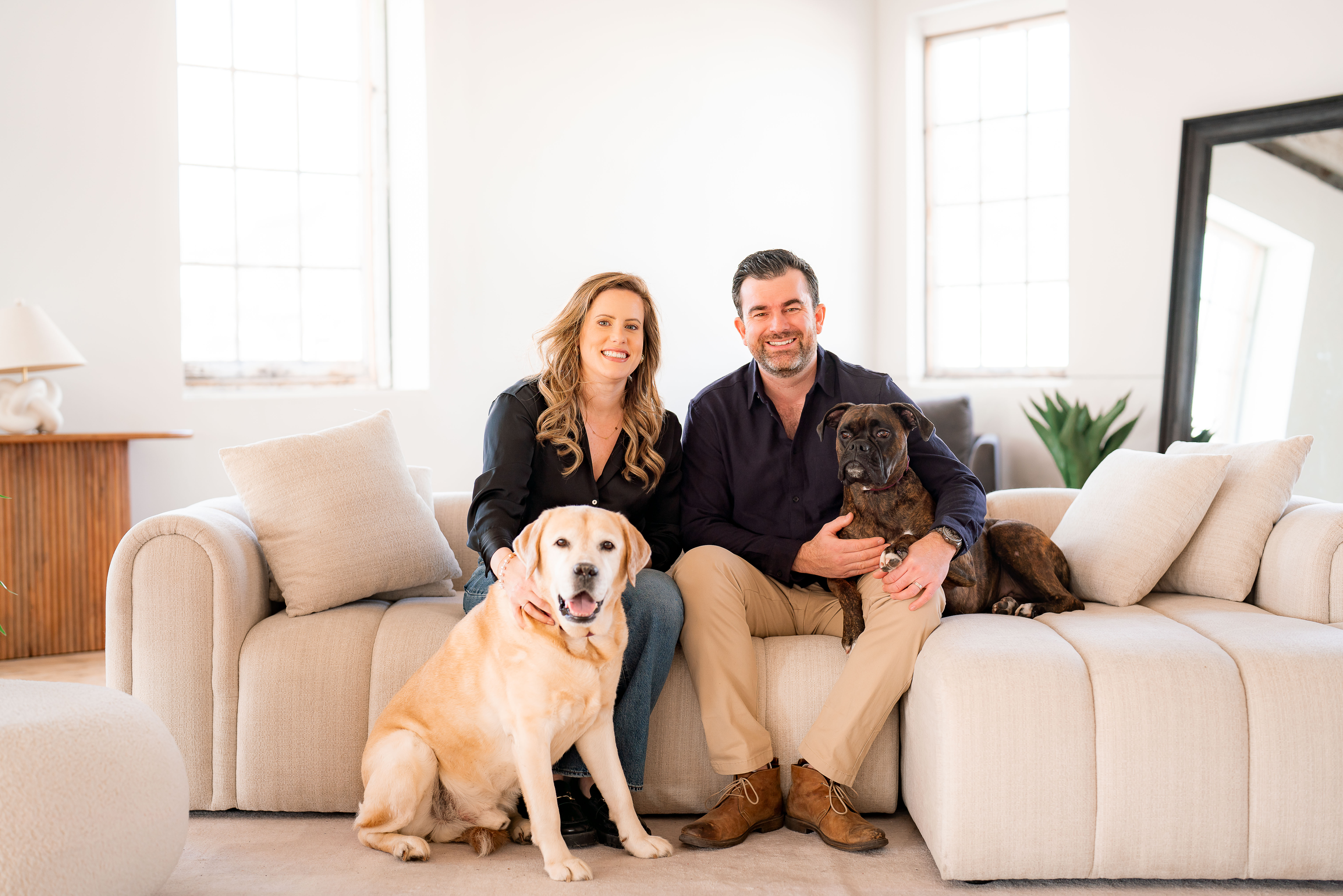
For Kathy, the shift has been personal.
“I can’t thank Angela enough for introducing me to the Rick Hansen Foundation Inclusion & Accessibility Training course. It was a game changer,” Kathy said. “It challenged my assumptions and helped me see that the real barriers aren’t people’s disabilities; they’re the environments that don’t support them. Accessibility isn’t an extra. It’s essential.”
Brendon and Angela are helping build a future where everyone, both human and animal, can belong. And, Kathy added, the CVMA is committed to advancing that future by supporting changes that embed physical, sensory, and cognitive inclusion into every aspect of the profession.
“We are especially grateful for Angela’s leadership on our Wellness, Inclusivity, Diversity, Equity, and Accessibility Committee. Her voice, experience, and ideas are essential to help us move into real, meaningful action for universal accessibility.”
